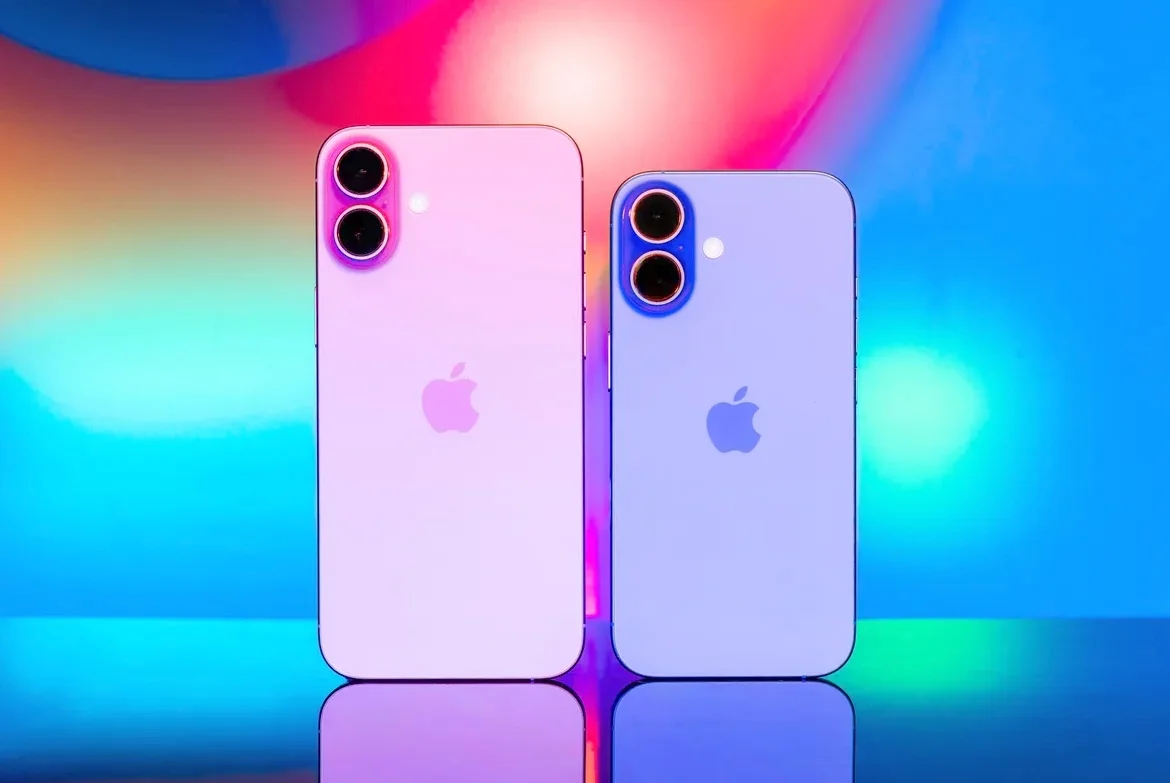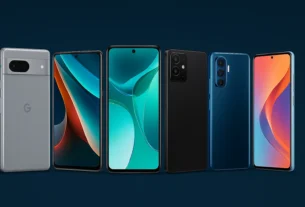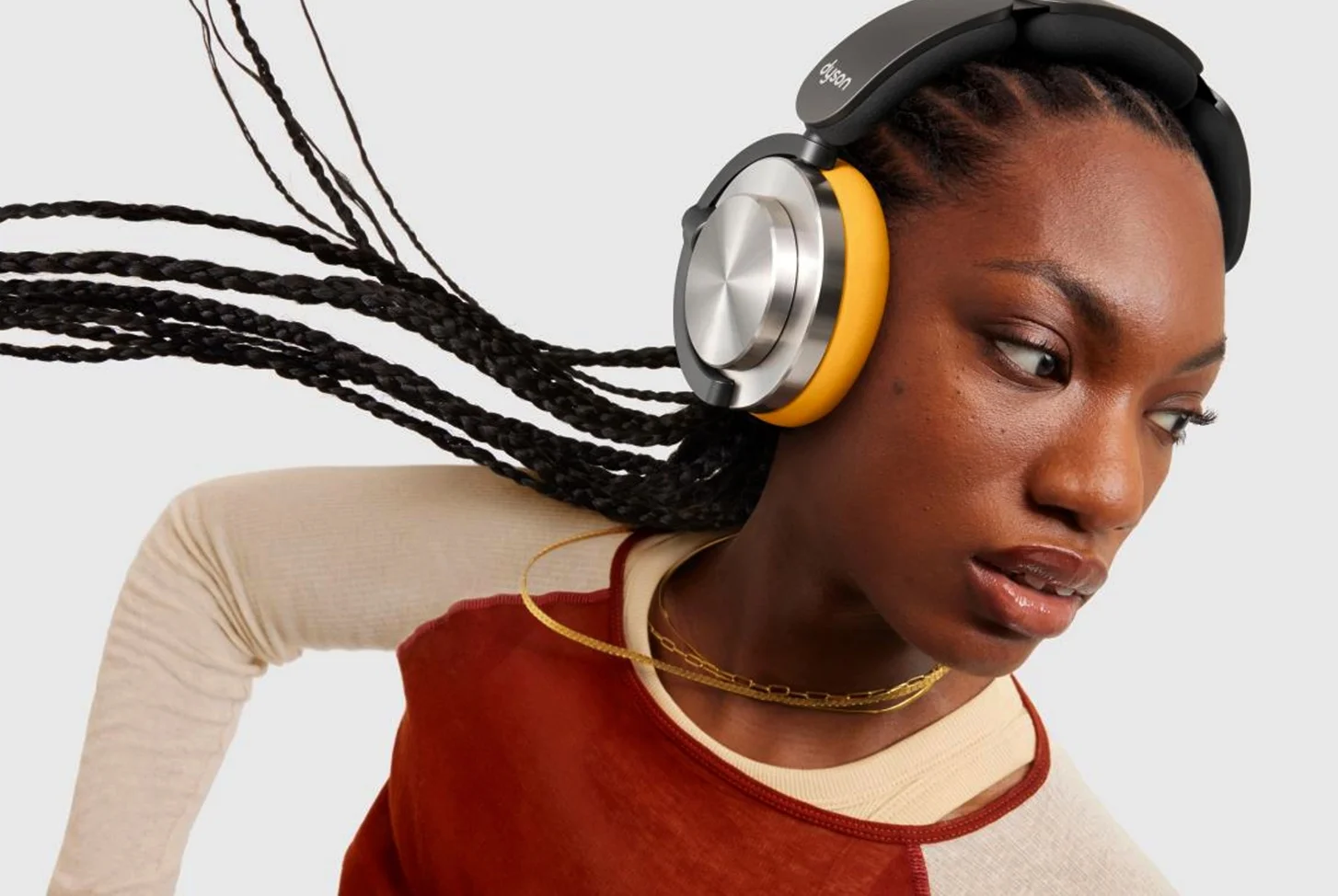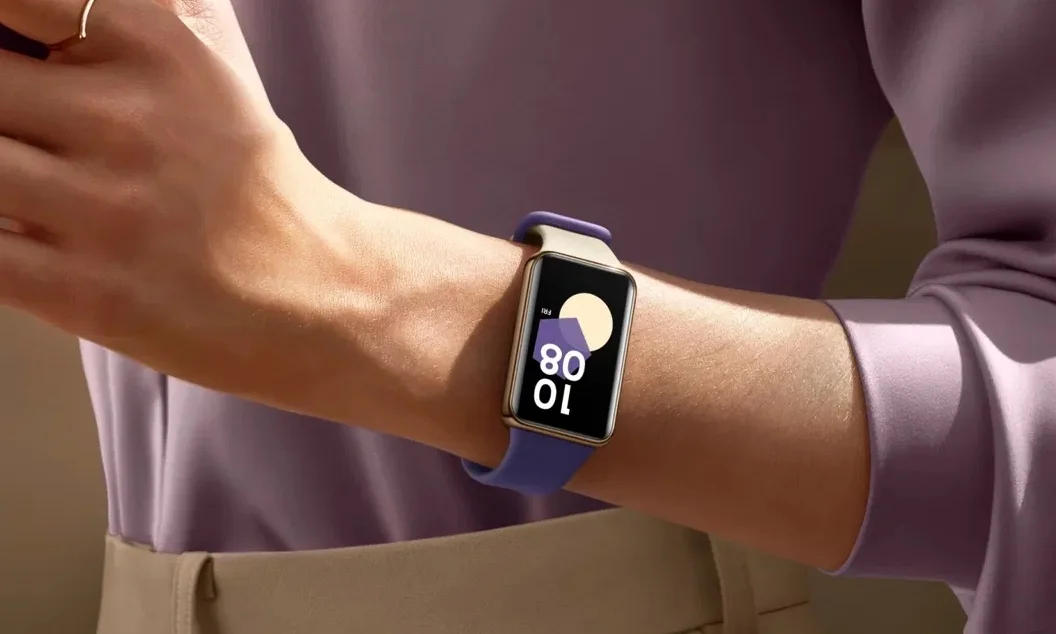I tested the iPhone 16 and 16 Plus for a week and came to a clear conclusion: Apple has raised its basic models to a new level. The Camera Control feature and new colors are a great addition to this generation. However, I miss the 5x zoom available in the higher-end models.
Beautiful. That was the first thought that came to mind with the new iPhone 16 and 16 Plus—two phones I’ve spent a week with, and they’ve managed to win me over with their design and camera.
Ultimately, Apple’s smartphones are always revolutionary and set trends for the rest of the industry in the months that follow. But are the iPhone 16 and 16 Plus really good enough as the “younger siblings” to the iPhone 16 Pro and Pro Max?
After a week of testing both models, I have a clear conclusion: the iPhone 16 and 16 Plus are the smart buy this year if you’re looking for the latest in innovation, want to stay within the Apple ecosystem, and don’t necessarily need the best battery life or the most advanced photographic features.
A classic design with colors (even more attractive than the Pro models) that will catch your eye
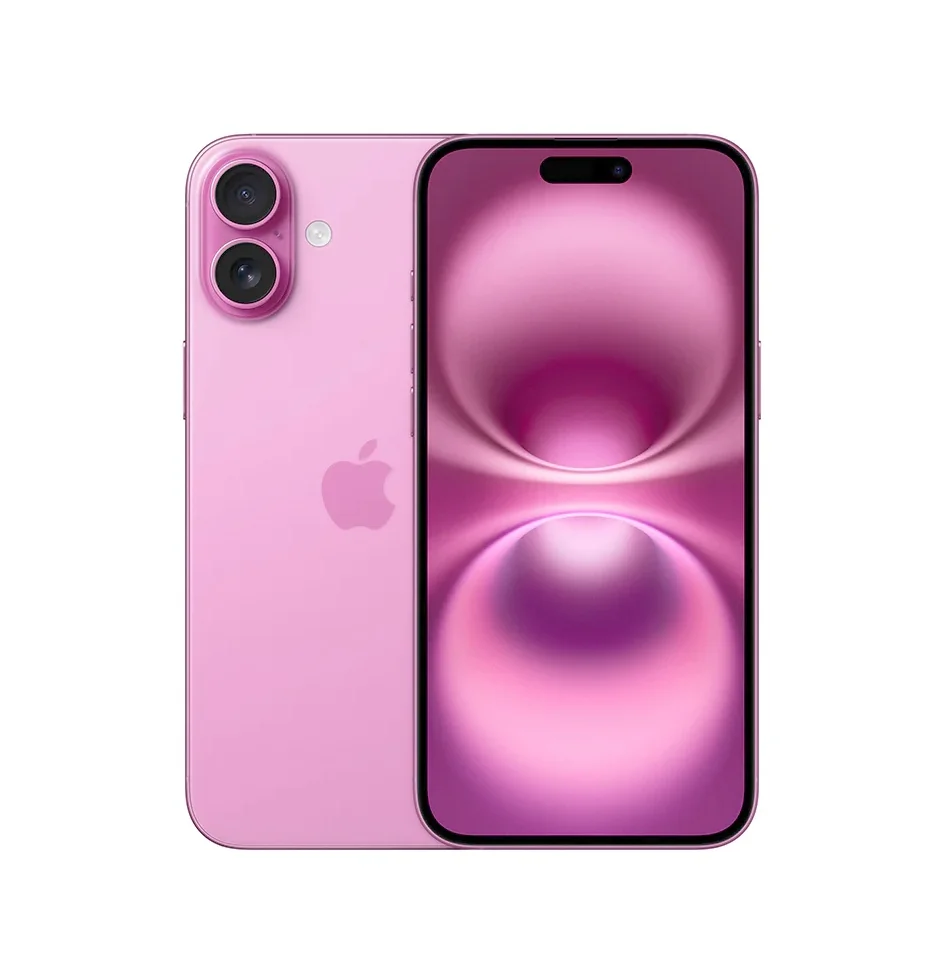
The iPhone 16 and 16 Plus feature aerospace-grade aluminum casings with a mass-tinted glass back.
The front is made of Ceramic Shield, a material that Apple claims is twice as durable as any competing glass. Apple highlights that 85% of this casing is made with recycled aluminum.
So, if you’re a bit accident-prone, these phones are a good fit. Personally, I have to say that both devices have had their share of falls and are still intact, making the extra durability a major plus. They are also resistant to splashes and dust.
From an ergonomic standpoint, they’re very comfortable to use, allowing you to reach any corner with one hand. That said, if you have small hands, I recommend opting for the iPhone 16 instead of the Plus version, as it will be more comfortable.
Available in stunning colors, in my opinion, even more attractive than the Pro models: ultramarine blue, teal, pink, white, and black. The two models featured in this review are the first ones mentioned, my favorites. I even find them aesthetically superior to the Pro versions.
The biggest changes this year are found along the sides, where new buttons have been added, and some existing ones have been enlarged. On the left side, you’ll find the mute button, volume controls, and a larger SIM slot, making it easier to insert.
On the opposite side, there’s the familiar lock button, which still protrudes slightly, as usual, along with a new camera control button. This button is entirely flat, making it distinguishable by touch.
A screen I loved, which might make you lean towards either the standard or Plus version
As expected, one of the main differences between the iPhone 16 and 16 Plus is their screen. While both feature Super Retina XDR technology and OLED panels, the iPhone 16 has a 6.1-inch screen with a resolution of 2,556 by 1,179 pixels, whereas the 16 Plus offers 2,796 by 1,290 pixels across a 6.7-inch display.
In practical terms, the screen is clear both indoors and outdoors, although in very bright locations, you may notice some glare. Still, it’s not a major issue. In fact, I personally consider it one of the best screens currently available on the market.
This generation still includes True Tone, so the iPhone automatically adjusts the screen’s color temperature based on the lighting and ambiance of each space. If you prefer to manage it manually, you can always disable this feature.
They continue to feature Dynamic Island, the small display within the notch that shows the apps you’re using, allowing you to access them with a tap. As I’ve mentioned before, I find it extremely practical.
These screens support all HDR standards, including HLG, HDR10, and Dolby Vision, and they’re compatible with all current streaming platforms as well as playing videos from the gallery in these mentioned formats.
As for audio, they support Dolby Atmos, which is already a hallmark of quality. They also offer spatial audio support for content, which will be especially useful if you use Apple headphones.
Top Performance: The A18 with iOS 18 is a Reliable Bet
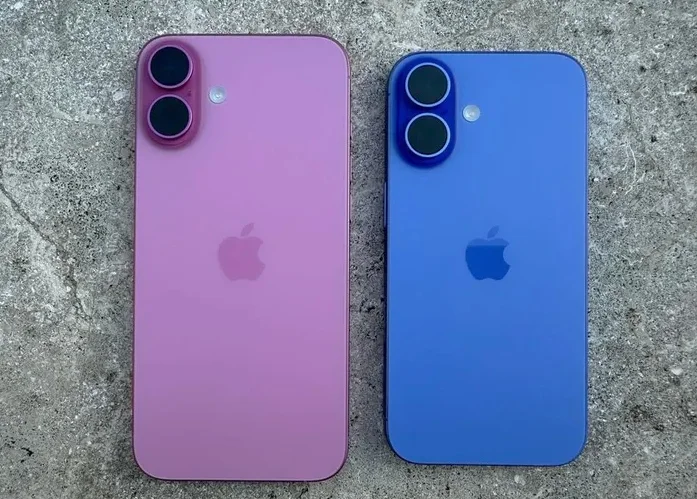
If there’s one thing Apple excels at, it’s pairing its performance with the operating system. On paper, pairing the A18 chip with iOS 18 was already a sure bet.
As you can see, there are notable performance optimizations compared to the previous generation. Regarding heat dissipation, even though the new materials (like Ceramic Shield) are supposed to dissipate heat more effectively, I still notice some overheating when using it heavily or with demanding apps like games. Is it concerning? Not really, but I wouldn’t say it’s an improvement over the previous generation.
This generation comes with an increase in RAM to 8GB, compared to the 6GB available in the iPhone 15 and 15 Plus.
iOS 18 is the perfect companion for the A18 chip. It operates quickly, feels light, and is a must-have for these devices. Widgets can now be resized, are more customizable, and contacts are displayed differently, with a more integrated feel overall.
The only downsides I see are the call screen, which I’m not entirely convinced by, and the photo search system, which I find less intuitive—though that’s just my personal view; you might love it.
The drawback? It seems that Spanish users will have to wait to experience Apple Intelligence, Apple’s AI. The company announced in its keynote that Spanish language support will arrive in 2025, but does “Spanish” mean Spain? We won’t know for sure until some months after the rollout.
Top-Tier Cameras with Smart Updates: Camera Control and Improved Zoom
On a technical level, the iPhone 16 and 16 Plus cameras have the following setup:
- Main: 48 megapixels, 26 mm, f/1.6
- Ultra-wide: 12 megapixels, 13 mm, f/2.2
- 2x Telephoto: 12 megapixels, utilizing the Quad Pixel sensor
- 2x Optical Zoom
The biggest update with these cameras is the Camera Control button, which has allowed me to access the camera more conveniently. It’s been a smart addition since there’s no lag at all between pressing it and the camera opening—it’s instantaneous.
It functions like a tiny trackpad on this iPhone generation, allowing you to detect small taps and swipe gestures to configure various functions.
It not only lets you take photos but also provides more information about what you’re viewing on the screen.
But what about the results? I’ll show you below, but in general, the quality is excellent (though not quite on par with the Pro and Pro Max models) with a few nuances.
Taking automatic photos with the iPhone 16 and 16 Plus is a delight: colors are vibrant, and the results are impressive.
However, I honestly miss the 5x zoom on the Pro models. These models come with a 2x zoom that sometimes falls short.
The ultra-wide camera has never been a strong point for iPhones, and this year is no exception. In well-lit situations, results are good, but in low light, the iPhone manages but doesn’t excel.
And the macro? Incredible. I loved using it both indoors and outdoors.
Portrait mode has always been one of my favorite modes on iPhones, and this year is no exception. Edge detection is excellent, and the results look natural. Below, I’ve included a gallery of photos with and without portrait mode.
Battery Life That Measures Up: A Key Factor in Choosing Between Models
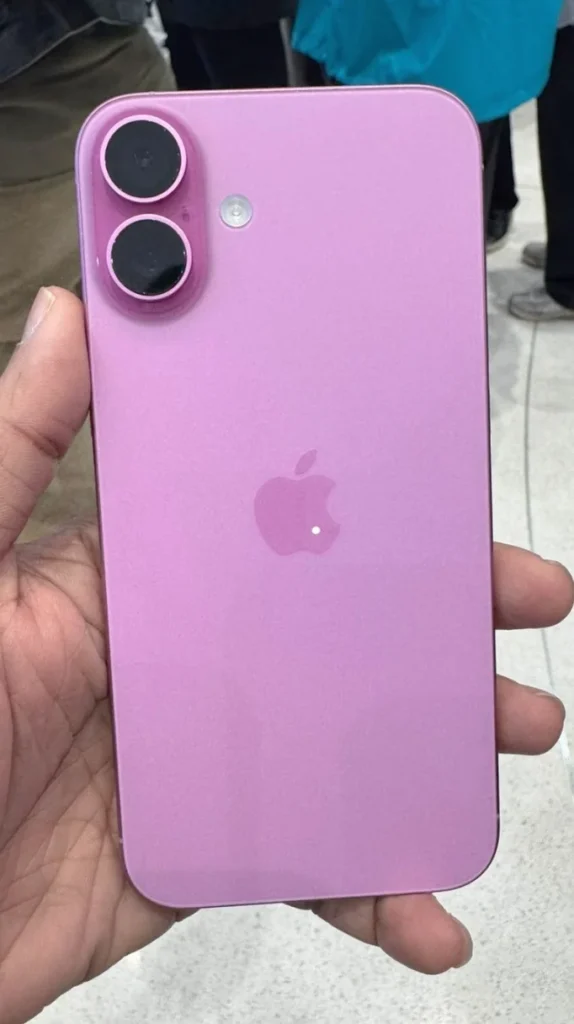
The iPhone 16 Plus comes with a 4,674 mAh battery, while the iPhone 16 has a slightly smaller 3,561 mAh battery. The Plus model offers extended battery life, while the standard model just makes it through a full day, making this a deciding factor between the two models.
Compared to the previous generation, the battery has seen a slight increase, with the iPhone 15 Plus featuring 4,383 mAh and the iPhone 15 at 3,349 mAh.
The switch from Lightning to USB-C last year was a smart move, and Apple has retained it in this generation. However, as has been the case for the last few editions, no charger is included in the box.
It’s worth noting that these models support wireless charging with MagSafe up to 25W with a 30W or higher adapter, as well as wireless charging with Qi chargers up to 7.5W. If completely drained, you can get up to 50% charge in just half an hour, but a full charge will take about an hour and a half.
iPhone 16 and 16 Plus: Should I Buy It?
This year, the choice is tough, as there’s little difference between the iPhone 16 and 16 Plus.
What will tip the scales for you? If you want a larger screen and slightly longer battery life, the 16 Plus is your best option. But if you’re looking for something compact to stay within the Apple ecosystem, I’d recommend going with the iPhone 16. That said, there’s one factor to consider within the lineup itself: the iPhone 16 Pro and Pro Max. These devices have a 5x zoom I’ve genuinely missed (especially coming from an iPhone 15 Pro Max).
It’s also worth noting that this year’s updates are impressive, especially the Camera Control button, which I found myself using more than I expected—especially in vertical mode. Plus, this generation’s colors are hands down some of my favorites.
The only downside is the absence of Apple Intelligence at launch, but I’m looking forward to seeing this AI come 2025.

